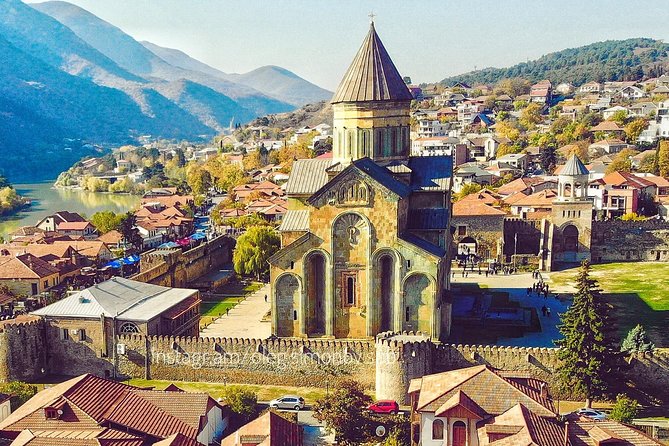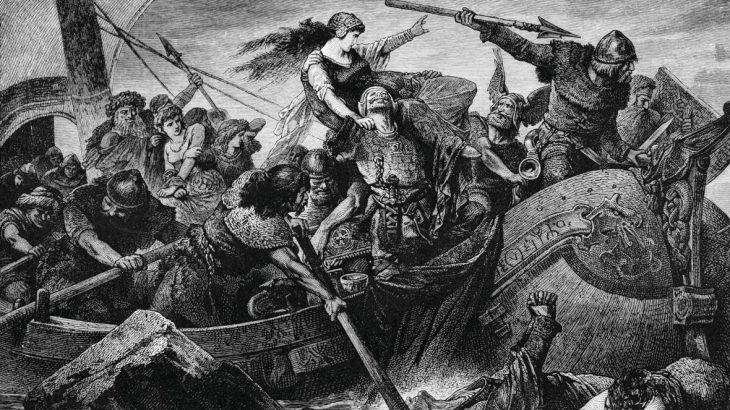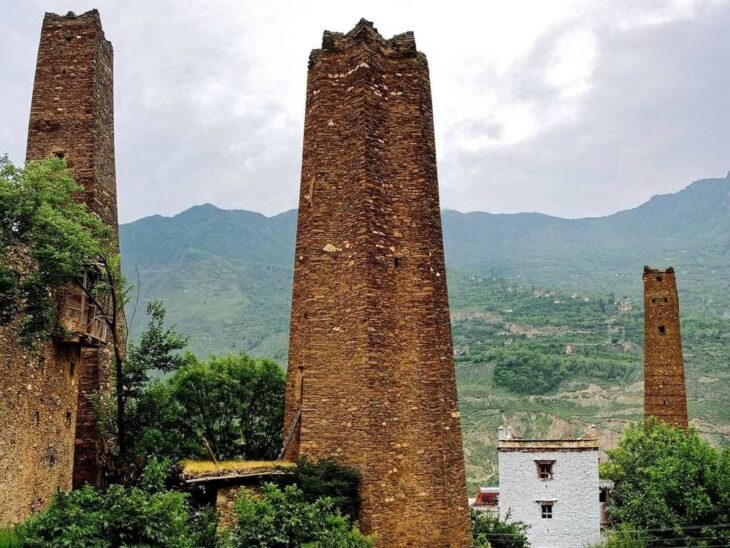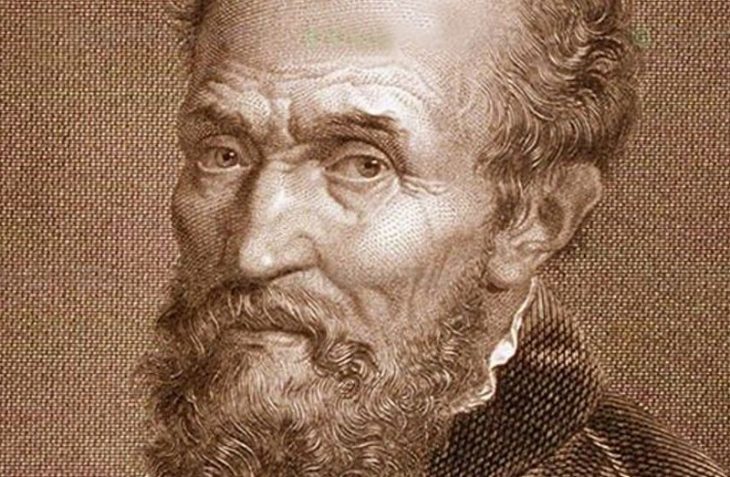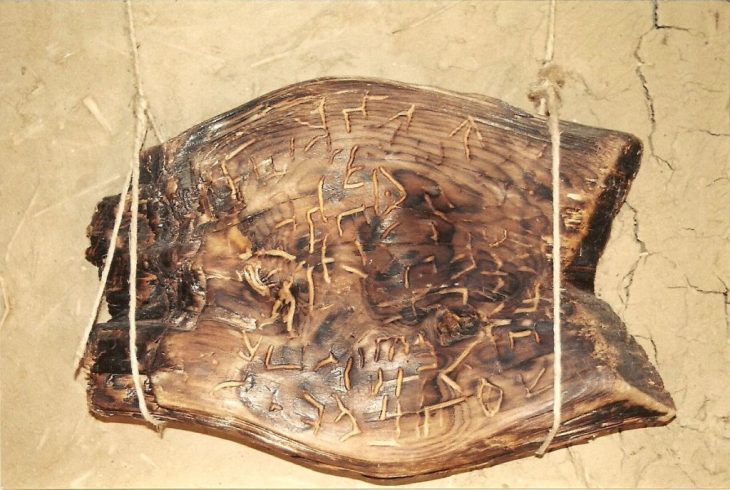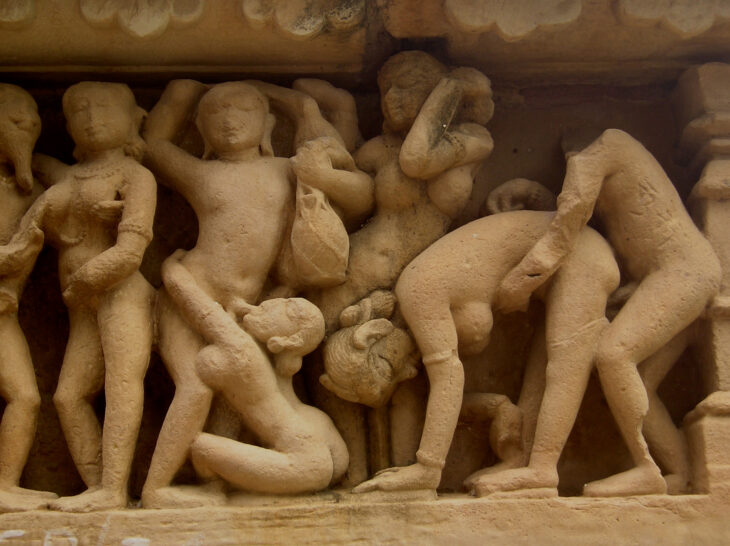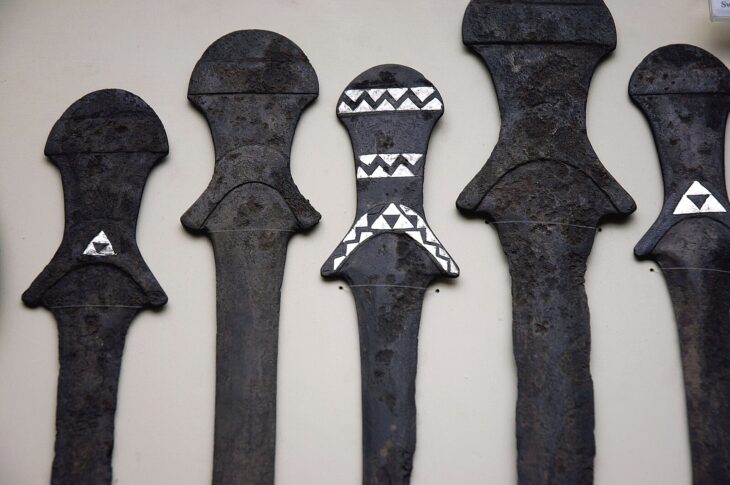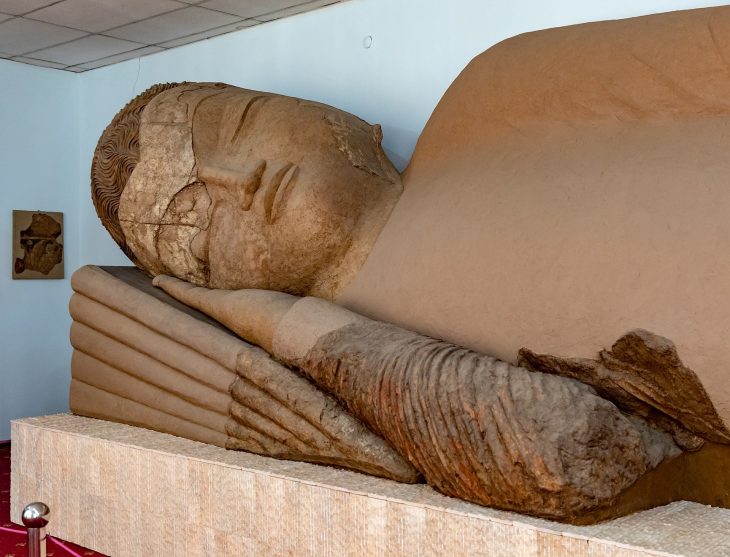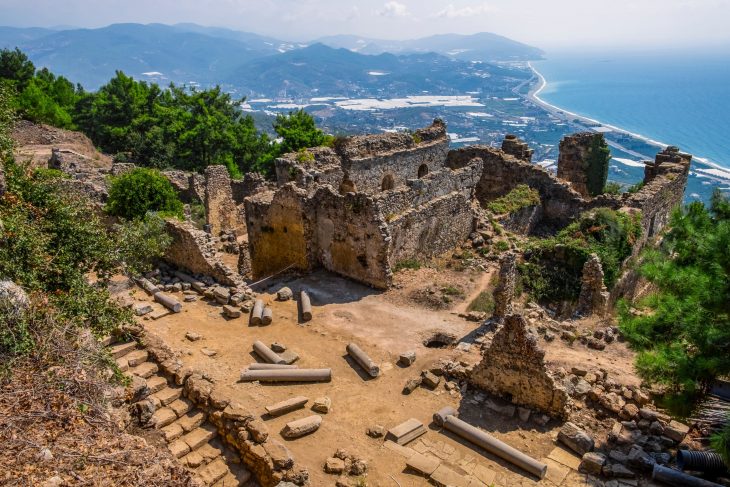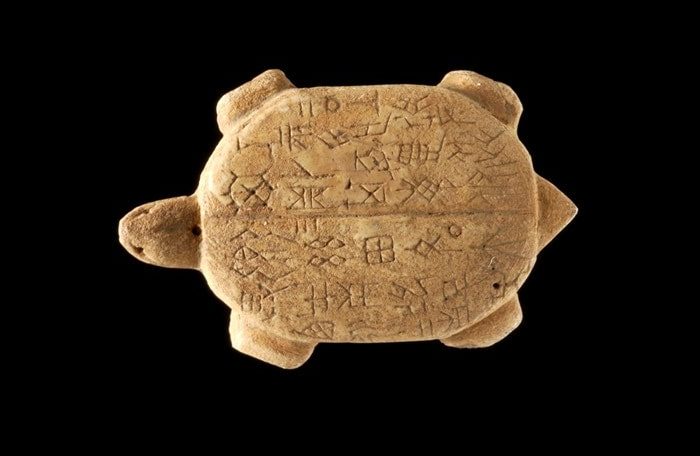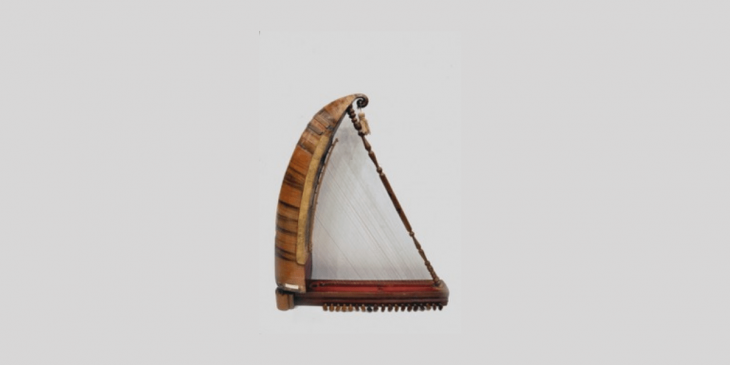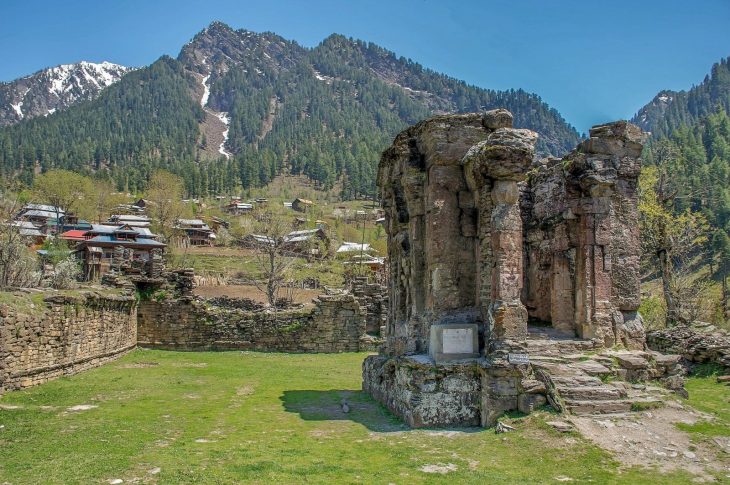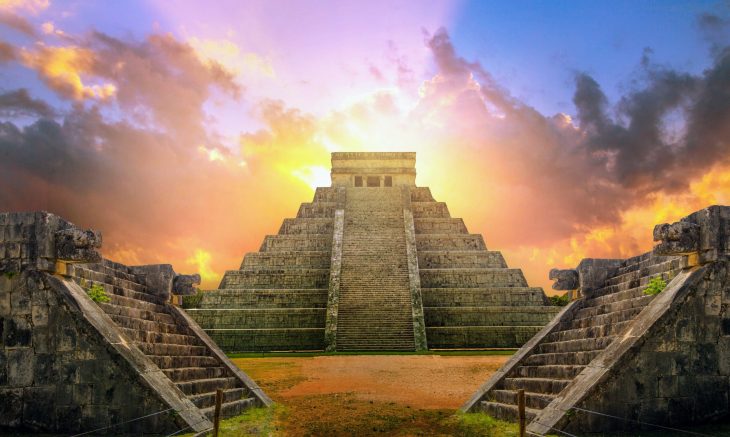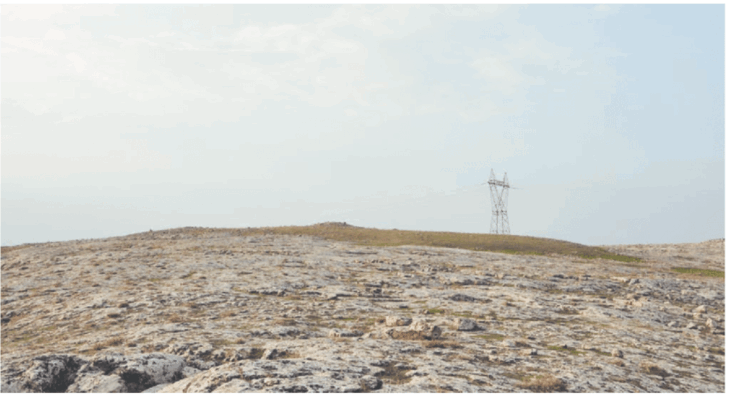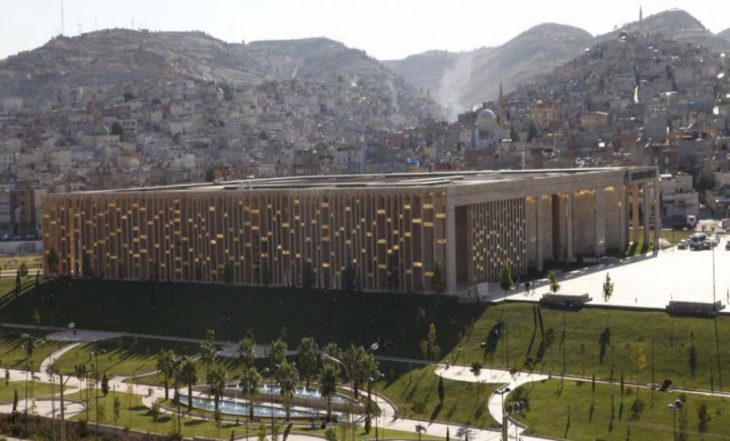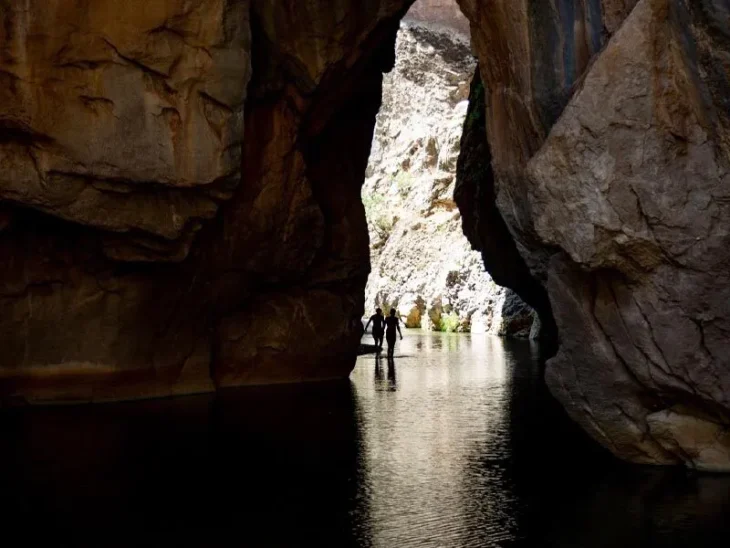Georgia’s ancient capital city, Mtskheta, is located 20 kilometers (12 miles) north of Tbilisi at the confluence of two mountainous rivers – the Aragvi and the Kura.
Mtskheta is thought to have been founded around 3,000 years ago. It is one of the oldest cities of Georgia and it is one of the oldest continuously inhabited cities in the world.
As Mtskheta Georgia is the birthplace and one of the most vibrant centers of Christianity in Georgia, Mtskheta City was declared as the “Holy City” by the Georgian Orthodox Church in 2014.
The city’s numerous holy sites have won it the name of Second Jerusalem. One of the greatest Christian relics, the Holy Coat, is kept at the Svetitkhoveli Cathedral. This treasure is a reason why Mtskheta is called a holy city, a place where Christian pilgrims and tourists come from around the world.
A legend goes that Mtskheta was founded by King Mtsekhotos, the son of the first king, Kartli, who built the city and gave his name to it. Historical records say that the city was founded in the second half of the first millennium B.C., almost when the Eastern Georgian Kingdom of Kartli with the capital, Mtskheta, was formed.
📣 Our WhatsApp channel is now LIVE! Stay up-to-date with the latest news and updates, just click here to follow us on WhatsApp and never miss a thing!!
Mtskheta had the status of capital city for almost a thousand years, until the end of the 5th century A.D., when King Vakhtang Gorgasali ruled to move the capital to Tbilisi. But even after that, Mtskheta remained an important religious center and residence of the Georgian catholicoses.
Mtskheta Georgia is located on the crossroad of Europe and Asia and had very important strategic and economic advantages till the late middle ages. It used to be the capital of the Eastern Georgian kingdom of Iberia from the 4th c BC through the 5th c AD.
Due to its historical significance and several cultural monuments, the “Historical Monuments of Mtskheta” became a UNESCO World Heritage Site in 1994.
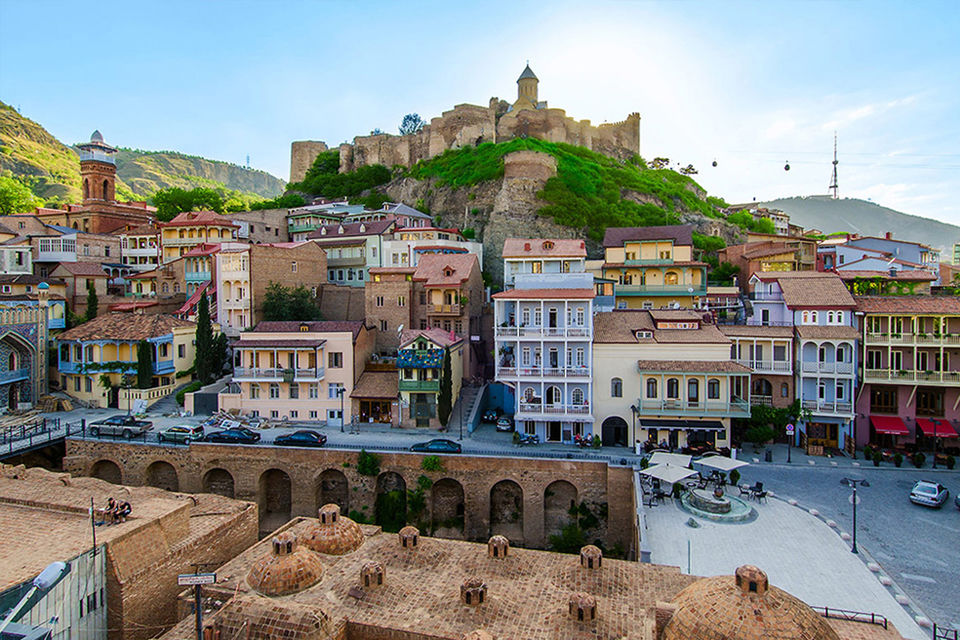
The area is revered by many Georgians and is one of the country’s most popular tourist destinations.
The city has wonderful Sights to see. The most important of them are:
The Svetitskhoveli Cathedral
Literally, the Cathedral of the Living Pillar is an Eastern Orthodox cathedral. A masterpiece of the Early Middle Ages, Svetitskhoveli is recognized by UNESCO as a World Heritage Site. It is currently the second-largest church building in Georgia, after the Holy Trinity Cathedral.
Svetitskhoveli is famously known as the burial site of one of the greatest Christian relics – Christ’s mantle. Svetitskhoveli has long been the principal Georgian church and is one of the most venerated places of worship for locals and Christian pilgrims worldwide. The present structure was completed in 1029 by the medieval Georgian architect Arsukisdze, although the site itself dates back to the early fourth century.
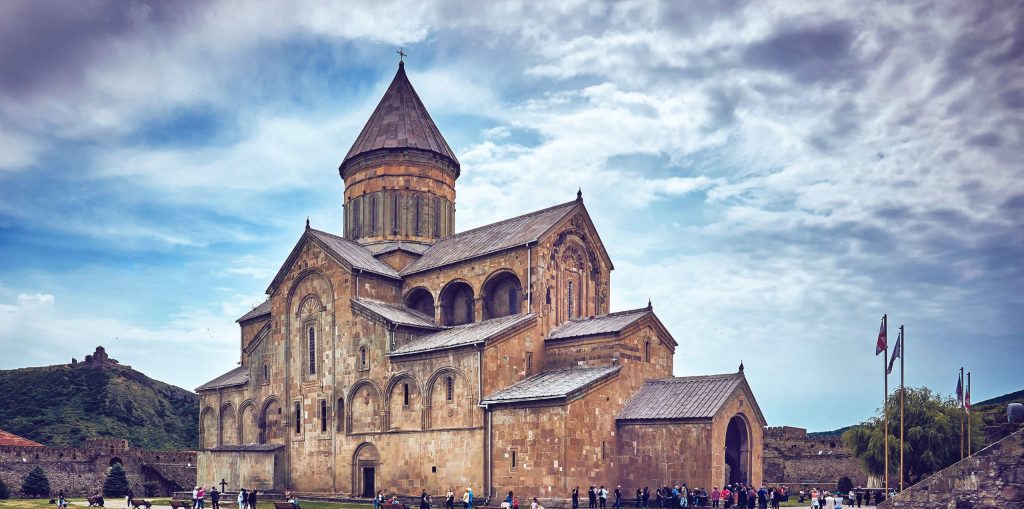
Jvari Monastery
Jvari Monastery is a sixth-century Georgian Orthodox monastery. Jvari Monastery stands on the rocky mountaintop at the confluence of the Mtkvari and Aragvi rivers, overlooking the town of Mtskheta, which was formerly the capital of the Kingdom of Iberia.
According to traditional accounts, on this location in the early 4th century Saint Nino, a female evangelist credited with converting King Mirian III of Iberia to Christianity erected a large wooden cross on the site of a pagan temple. The cross was reportedly able to work miracles and therefore drew pilgrims from all over the Caucasus. A small church was erected over the remnants of the wooden cross in c.545 named the “Small Church of Jvari”.
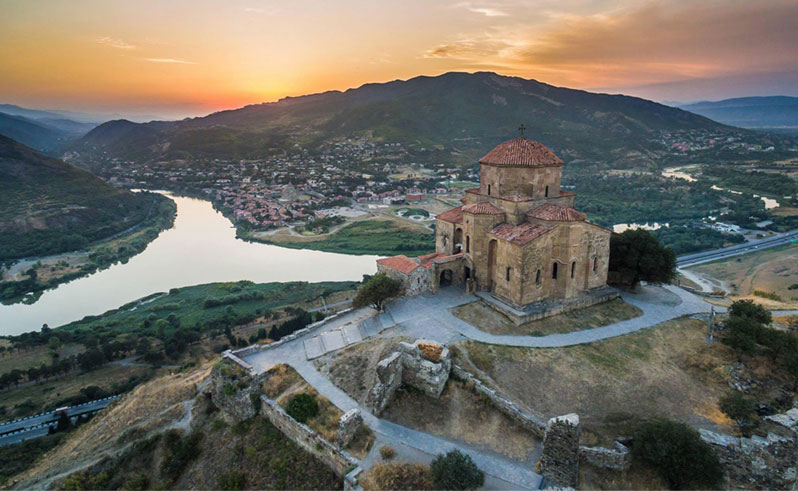
The Shio-Mgvime monastery
Literally meaning “the cave of Shio” is a medieval monastic complex. It is located in a narrow limestone canyon on the northern bank of the Kura River, some 30 km from Tbilisi, Georgia’s capital.
According to a historic tradition, the first monastic community at this place was founded by the 6th-century monk Shio, one of the Thirteen Assyrian Fathers who came to Georgia as Christian missionaries. St. Shio is said to have spent his last years as a hermit in a deep cave near Mtskheta subsequently named Shiomghvime (“the Cave of Shio”) after him.
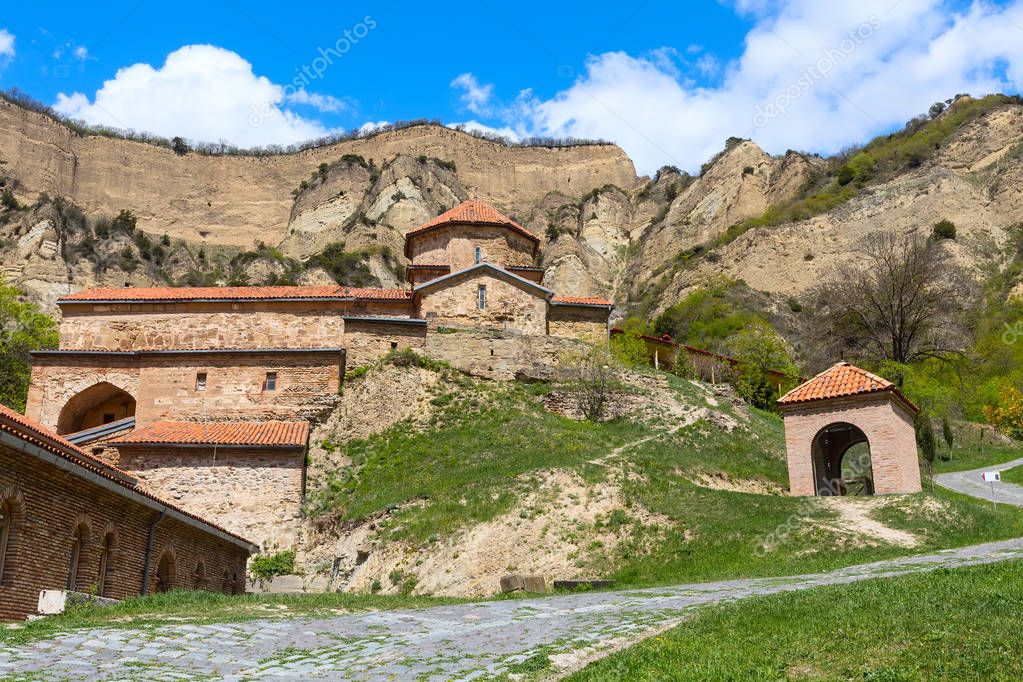
Armazi
Armazi is a locale in Georgia, 4 km southwest of Mtskheta and 22 km northwest of Tbilisi. A part of historical Greater Mtskheta, it is a place where the ancient city of the same name and the original capital of the early Georgian kingdom of Kartli or Iberia was located. It particularly flourished in the early centuries CE and was destroyed by the Arab invasion in the 730s.
With the transfer of the Georgian capital to Tbilisi in the late 5th or early 6th century, Armazi went into a gradual decline. It still had its own high-ranking commandant, a post held in A.D. 545 by a certain Wistam. The city was finally destroyed and razed to the ground in 736 by the Arab commander Marwan ibn Muhammad (the future Umayyad Caliph Marwan II).[1]
The city of Armazi has never been revived since then, but a Georgian Orthodox monastery of St. Nino was constructed there between 1150 and 1178. This is a six-apse hall church which, as well as its associated structures, is now largely in ruins and only some fragments of the 12th-century murals have survived.
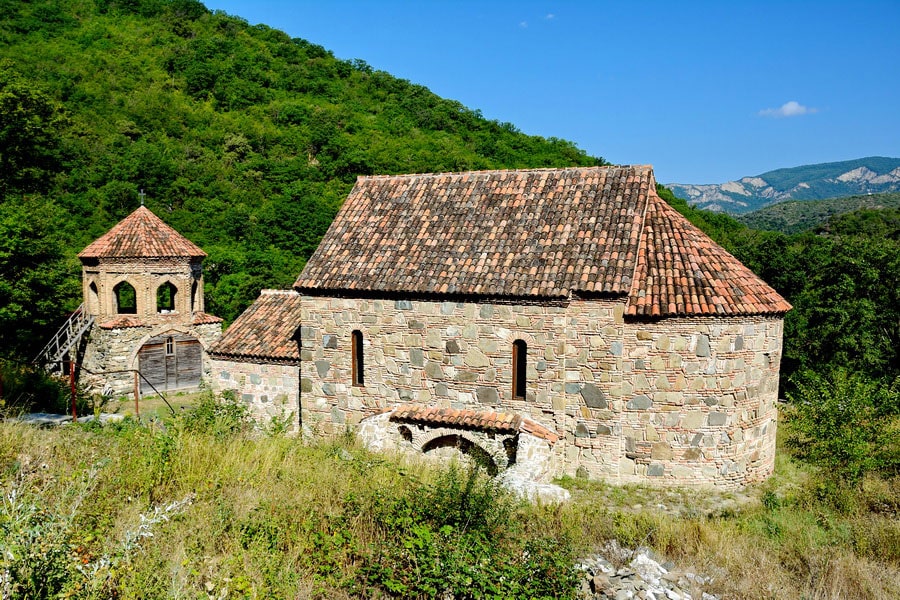
Zedazeni Monastery
Zedazeni Monastery is a Georgian Orthodox monastery, located on the Zedazeni mountain the hills of Saguramo, northeast to Mtskheta and to the east side of the Aragvi River.
The monastery was founded by Saint John, one of the Holy Assyrian Fathers of Georgia whose mission was to strengthen Christianity in the region.
Samtavro Orthodox Church and Nunnery of St. Nino
Samtavro Transfiguration Orthodox Church and Nunnery of St. Nino in Mtskheta, were built in the 4th century by King Mirian III of Iberia. The church was reconstructed in the 11th century by King George I and Catholicos-Patriarch Melkisedek. The famous Georgian monk Gabriel is buried in the yard of Samtavro Church.

